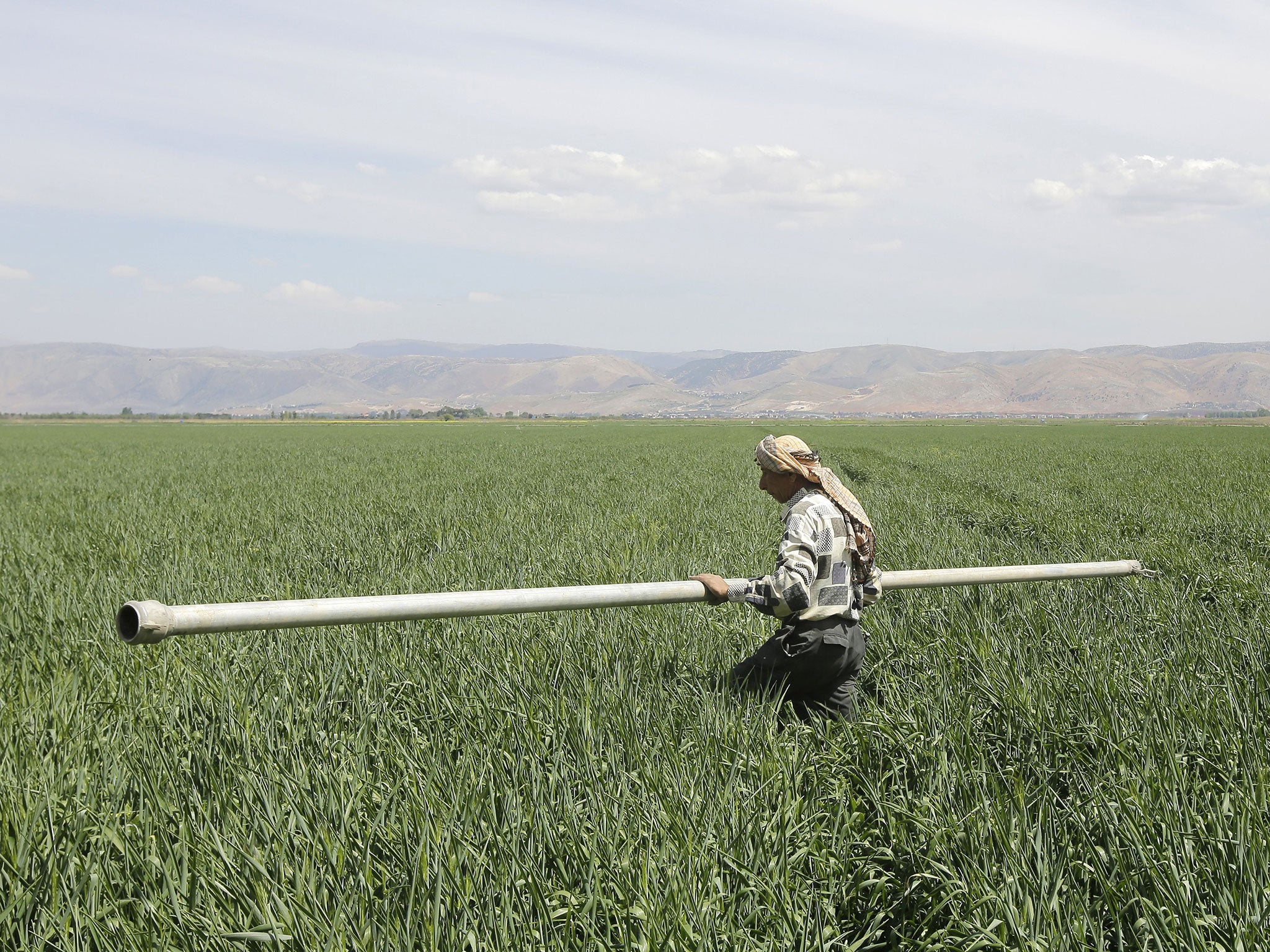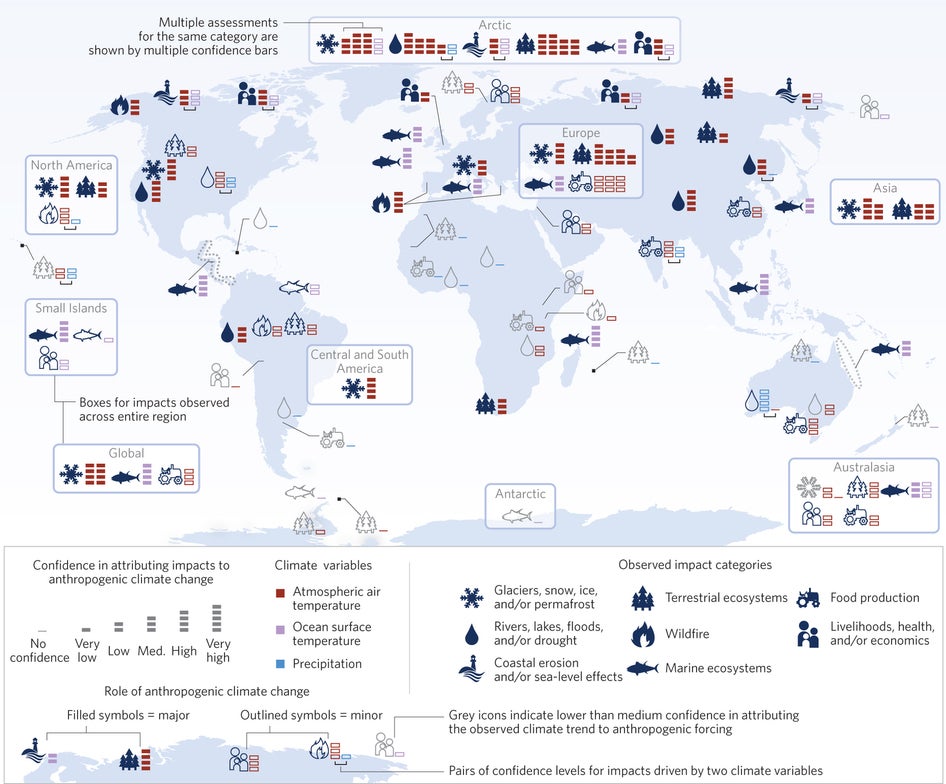Drought affecting Syria and the eastern Mediterranean 'worst in 900 years'
Climate change has been blamed for the event

Your support helps us to tell the story
From reproductive rights to climate change to Big Tech, The Independent is on the ground when the story is developing. Whether it's investigating the financials of Elon Musk's pro-Trump PAC or producing our latest documentary, 'The A Word', which shines a light on the American women fighting for reproductive rights, we know how important it is to parse out the facts from the messaging.
At such a critical moment in US history, we need reporters on the ground. Your donation allows us to keep sending journalists to speak to both sides of the story.
The Independent is trusted by Americans across the entire political spectrum. And unlike many other quality news outlets, we choose not to lock Americans out of our reporting and analysis with paywalls. We believe quality journalism should be available to everyone, paid for by those who can afford it.
Your support makes all the difference.The Middle East has just experienced its worst drought in more than 900 years, a Nasa report has found.
Scientists said that a 15-year dry spell in the eastern Mediterranean, which ended in 2012 and is thought to be partly to blame for the Syria civil war, is likely to be the driest the region has ever seen.
Experts say the situation has increased existing tensions in the region caused by already scarce water resources.
The study found the drought was 98 per cent likely to be drier than the last 500 years and 89 per cent likely to be drier than any other time in the last 900 years.
The study examined variations in climate change in the region over the last 1,000 years.
Researchers analysed the thickness of tree rings in countries across the Mediterranean. Using a record known as the Old World Drought Atlas, tree rings were analysed in northern Africa, Greece, Lebanon, Jordan, Syria and Turkey.
These records were then compared with records in Spain, southern France and Italy.

Trees with thicker rings indicated the years when rain was plentiful, whereas thinner rings showed dry years.
This enabled the report to “reconstruct patterns of drought geographically and through time over the past millennium.”
Knowing what weather patterns are natural is crucial for scientists to accurately understand how much climate change.
"The magnitude and significance of human climate change requires us to really understand the full range of natural climate variability," said Ben Cook, lead author and climate scientist at NASA's Goddard Institute for Space Studies.
"If we look at recent events and we start to see anomalies that are outside this range of natural variability, then we can say with some confidence that it looks like this particular event or this series of events had some kind of human caused climate change contribution."
One such anomaly is the 1998 – 2012 drought in the Levant, which “stands out as about 50 per cent drier than the driest period in the past 500 years, and 10 to 20 per cent drier than the worst drought of the past 900 years,” according to NASA’s review of the report.
The two major weather patterns which influence dry weather in the region are the North Atlantic Oscillation and the East Atlantic Pattern. These are circulating airflow systems which illustrate how wind and weather is influenced by the ocean conditions.
When rainstorms are diverted from the Mediterranean from time to time it results in drier conditions, sometime leading to drought.
Dr Dann Mitchell, Environmental Change Institute, Oxford University said the drought exacerbated existing tensions caused by already scarce water resources.
"Droughts often result in refugees moving from one area to another. Terrorist activity, a lot of it concentrates around the river Jordan etcetera where they know they can control a lot by controlling the water. It’s those sort of things that get exacerbated when we get these extreme events.”
Isis, he added, has already made efforts to seize and maintain dams.
“Water is their most valuable resource by a long way. They know the value of control of water," he added.
Some outside observers believe the evidence presented means the eastern Mediterranean could already be feeling the effects of man-made climate change.
"The Mediterranean is one of the areas that is unanimously projected [in climate models] as going to dry in the future [due to man-made climate change]," said Yochanan Kushnir, a climate scientist at Lamont Doherty Earth Observatory.
"This paper shows that the behaviour during this recent drought period is different than what we see in the rest of the record.”
Join our commenting forum
Join thought-provoking conversations, follow other Independent readers and see their replies
Comments